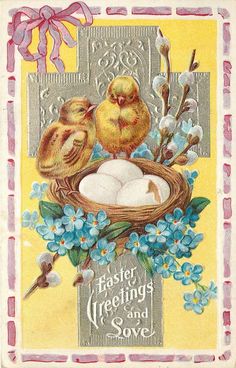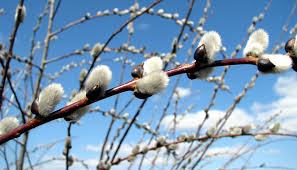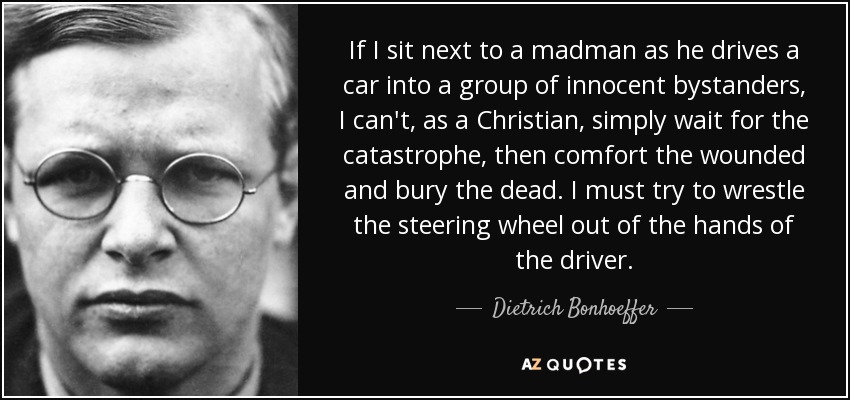 By Susan D. Harris
By Susan D. Harris
Every year at Easter there are those predictable puritans who come forward to educate us on that holiday’s pagan origins.
In an example from as far back as an 1877 newspaper, an article slyly titled, “Easter Traditions: Interesting Notes for the Festival,” draws the reader in with talk of “that most ancient of Christian festivals.” The writer, perhaps the Alex Jones of the 19th Century, then springs his trap and exposes the truth of Easter’s “heathenish origins,” lecturing readers on Ēostre, Astarte, and variations of the goddess Ishtar.
This revelation continues unabated every year, though I don’t think it’s stopped one chocolate bunny or colored egg from appearing on Christian tables across the world. In fact, writer Anthony McRoy made an interesting case against the Pagan/Easter synthesis in this 2009 article.
My parents were, however, happily unaware or decidedly apathetic about such controversies, and we children were delighted with the finest garnishments, candies and tiny toys that any Easter basket could contain.
Palmer was always the Easter chocolate of choice in our family, with Baby Binks, Parsnip Pete and Peter Rabbit being the most enjoyed basket centerpieces. (Peter Rabbit’s package still contains a tiny booklet with the original Beatrix Potter story, and I gasped again just this year while rereading it, having forgotten that Mrs. McGregor had actually baked Peter’s father in a pie after an “accident” in the garden!)
Tiny, brightly colored foil eggs scattered through fake grass provided more chocolate to be picked through in coming days. A plush stuffed animal; tiny plastic toys that you wound up or pulled back and let loose — including the quintessential bunny-in-a-carrot car — made up the remainder of goodies. Silly Putty, that unexplainably fun silicon polymer (which everyone said had been to outer space!) was a staple too. In addition to stretching, snapping, rolling and bouncing it, you could press it down on the “funny papers” and make an exact color replica of a newspaper cartoon. It was magical.
I believed in the Easter bunny; and growing up in the country made it easy to imagine him slipping down from the seclusion of the evergreens on yonder hill, or sneaking his way up from the field where the apple tree stood barren from the long winter. For some reason, however, I was convinced he had a hideout somewhere on the wooded hill near the train trestle that crossed the road about a half mile away.
One reason I was so sure the Easter bunny existed was because of a great act of kindness he showed me when I was very young. I was at home with my mother, a homemaker, a few days before Easter. I lay on the couch slowly recuperating from some childhood illness. My mother was sitting nearby, watching TV with me. (If I were older and wiser, I would have known this was odd because my mother never stood still long enough to watch TV; there were too many chores to do.) Suddenly there was a series of loud raps at the back door. My mother sat forward and looked alarmingly at the door. “What was that? Who could that possibly be?” she asked. She got up and walked hesitantly toward the door while I followed closely behind.
Yet again too young to be suspicious, I didn’t think it odd when she told me to open the door and let her know if I saw anyone. I opened the door – and I shall never forget it – there was a grand Easter basket that held coloring books, a new box of Crayola crayons, and a couple of small toys. I was thrilled! My mother explained the Easter bunny must have known I was sick and brought some things a few days early. He had rapped on the door with his big fast feet, then ran away quickly so as not to be seen. To this day, I can still hear that rabbit’s foot rapping at that door, and though my mother continues to insist she made the noise, I’m still not sure I believe her.
My parents loved Easter, and my mother started an Easter morning tradition which hard-core critics might call pagan: She would tell us children to go outside and bring back the first sign of spring. This usually entailed some pussy willows or a twig of tree buds; but on at least one occasion a frog had to be herded out of the kitchen.
Such evidence of the earth’s rebirth was an important lesson — that after the harshest, coldest winter; after things had died…God could bring forth new life.
And while the bunny’s baskets and some new spring clothes excited us, it was the mystery on the table that held us in awe year after year: The large family Bible opened to the story of the Resurrection; illuminated by flickering taper candles. Behind it stood the large wooden cross my father had made especially for Easter — suddenly draped with a bright white cloth, replacing the somber purple that had been there since Good Friday. Now surrounded by lilies which were absent the night before, and a sign my mother had carefully placed above it which read: “He Is Risen!”
This was indeed the focus of it all, and as my parents talked of the huge stone that was rolled away and an empty tomb, we children felt we had a front row seat to a supernatural event that had just occurred — not a 2000 year old musty narrative.
The story, it turns out, can never die; because every year it is born again.
Originally published at American Thinker: http://www.americanthinker.com/articles/2017/04/growing_up_american_easter__the_story_that_can_never_die.html



